
“No tank is safe on the plains of Ukraine.” That sobering reality now shapes both battlefield tactics and the politics of military aid. Australia’s delivery of 49 retired M1A1 Abrams tanks to Ukraine – part of a $1.5 billion assistance package – was meant to strengthen Kyiv’s armored punch against Russia. Instead, it has set off debate in Washington, Canberra and among military analysts over whether these machines can survive – let alone dominate – in the drone-saturated Donbas.
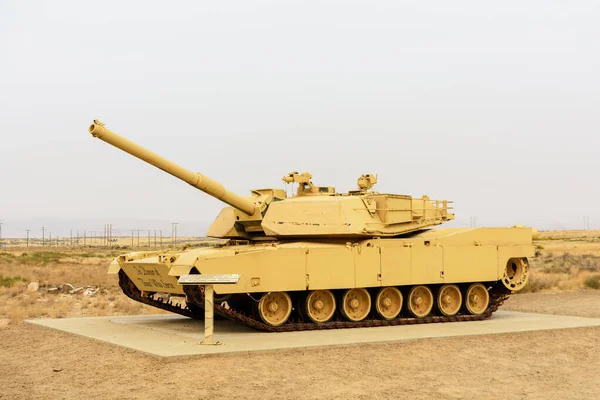
Those M1A1 AIM SA variants retrofitted with modern electronics and diesel engines-their depleted uranium armor removed-are now on the front lines with Ukraine’s 47th Mechanized Brigade and 425th Assault Regiment. Ukrainian crews race to strap on reactive armor, frontal plating and anti-drone cages. Yet sustainment and logistics have long been a source of deep misgivings among U.S. officials-as has the vulnerability of the tanks themselves. What follows is a list summarizing some of the most critical facts and battlefield lessons emerging from the Abrams’ arrival in Ukraine:
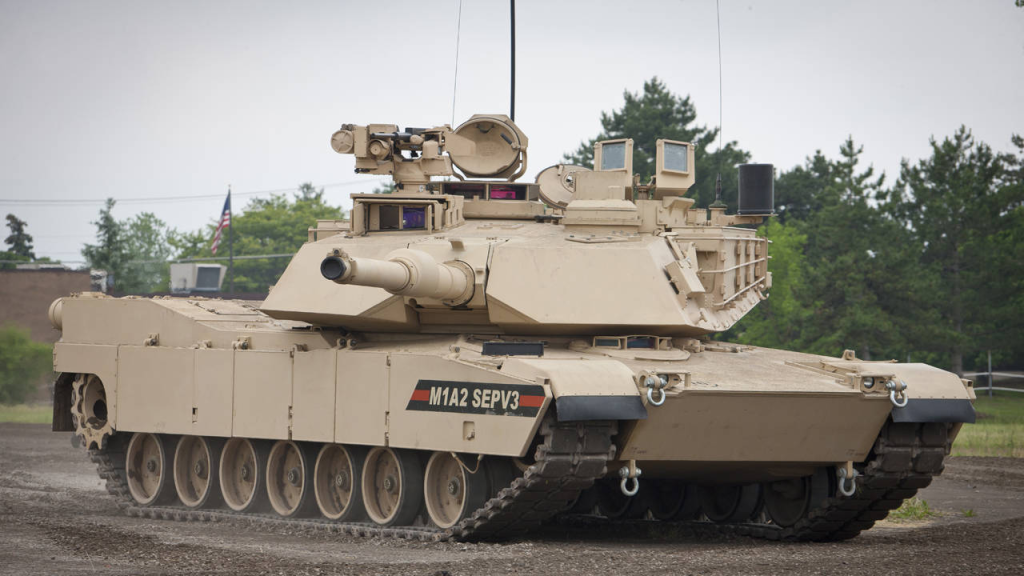
1. Australia’s Strategic Tank Transfer
Australia was only able to send 49 M1A1 AIM SA tanks because of its own upgrade to 75 M1A2 SEPv3s. Deputy Prime Minister Richard Marles framed the move as firm support for Ukraine’s sovereignty. AIM SA models differ from baseline Abrams by including a new armor package without depleted uranium, a digital fire control system, improved thermal imaging and satellite navigation. Canberra also included spare parts and support gear trying to make Ukrainian logistics easier by configuring the tanks’ gas turbines to run on diesel instead of JP-8 aviation fuel.

2. U.S. Reservations and Logistical Warnings
Hitherto, Washington had been disinclined to approve the transfer. “Last year, even before Donald Trump returned as president, we warned the Australians that sending these Abrams tanks would be complicated, and once they finally get to the battlefield, the Ukrainians will find them difficult to sustain,” one American official told the Australian Broadcasting Corporation. For a long time, concerns had been about the Abrams’ complexity, heaviness, and voracious fuel consumption, at an estimated 1.5 to 3 gallons per mile, needing an enormous logistics chain. The fact that they run on diesel helps, of course, but the U.S. is still wary about how Ukraine will keep those 70-ton machines running under the relentless pressure of combat.
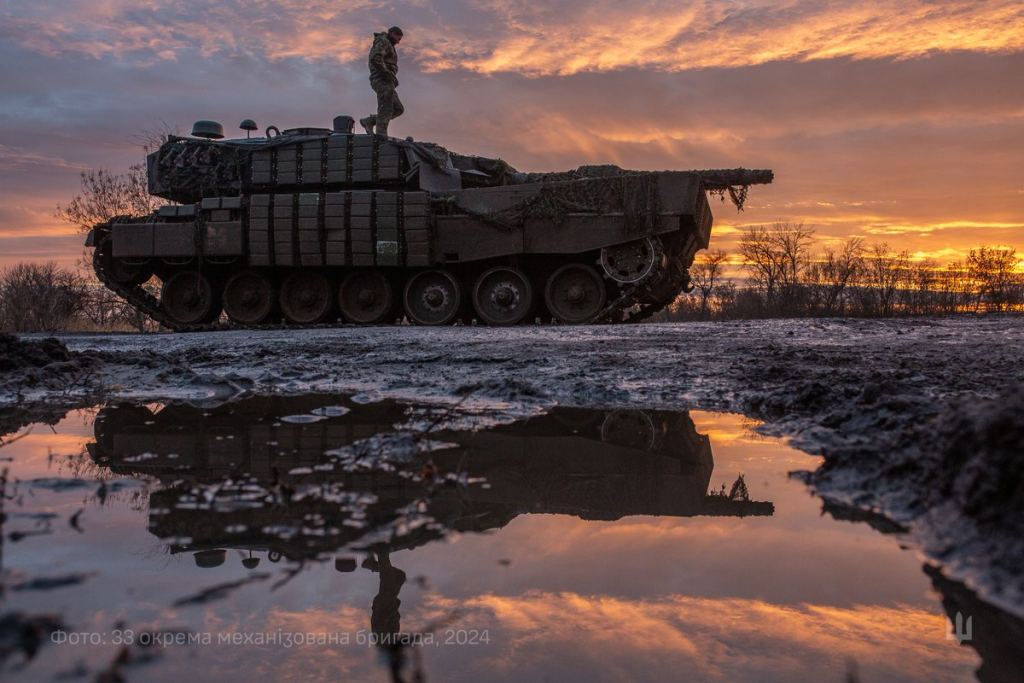
3. Ukrainian Battlefield Modifications
Ukrainian technicians fit the Australian Abrams with Kontakt-1 explosive reactive armor, along with frontal plate-style armor and rooftop steel cages to deal with FPV drones. Other vehicles were similarly fitted out, including electronic warfare gear intended to jam hostile UAVs. Thermal imaging is a priority, considering that all too often in engagements in the Donbas, visibility means survival. Ad hoc modifications have been watched closely by Western defense planners as a live experiment in adapting legacy armor to modern drone-heavy warfare.
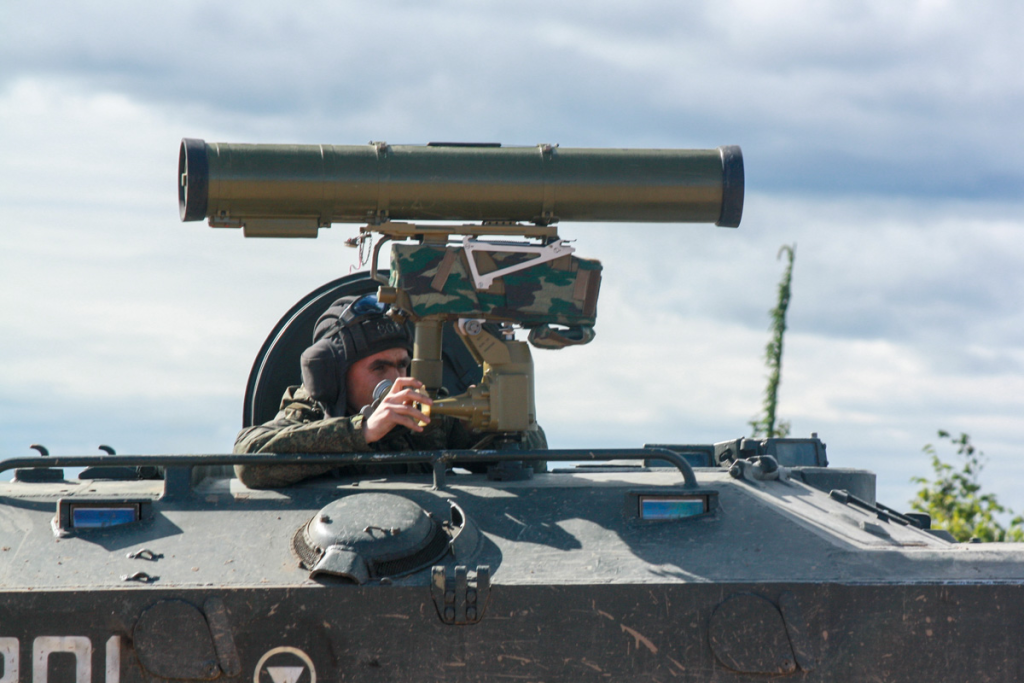
4. Drone Threat and Tank Vulnerability
The drone threat proved to be decisive in Ukraine. Very low-cost FPV kamikaze drones burned out multi-million-dollar tanks; they account for as much as 90% of vehicle losses in some sectors. The Russian forces have also knocked out Abrams with Kornet ATGMs and guided artillery; Ukrainian sources reported the temporary withdrawal of the type after heavy losses. This dynamic has forced a rethink of armored tactics, pushing tanks toward more defensive roles and integrating drones into reconnaissance and strike operations well ahead of armored advances.
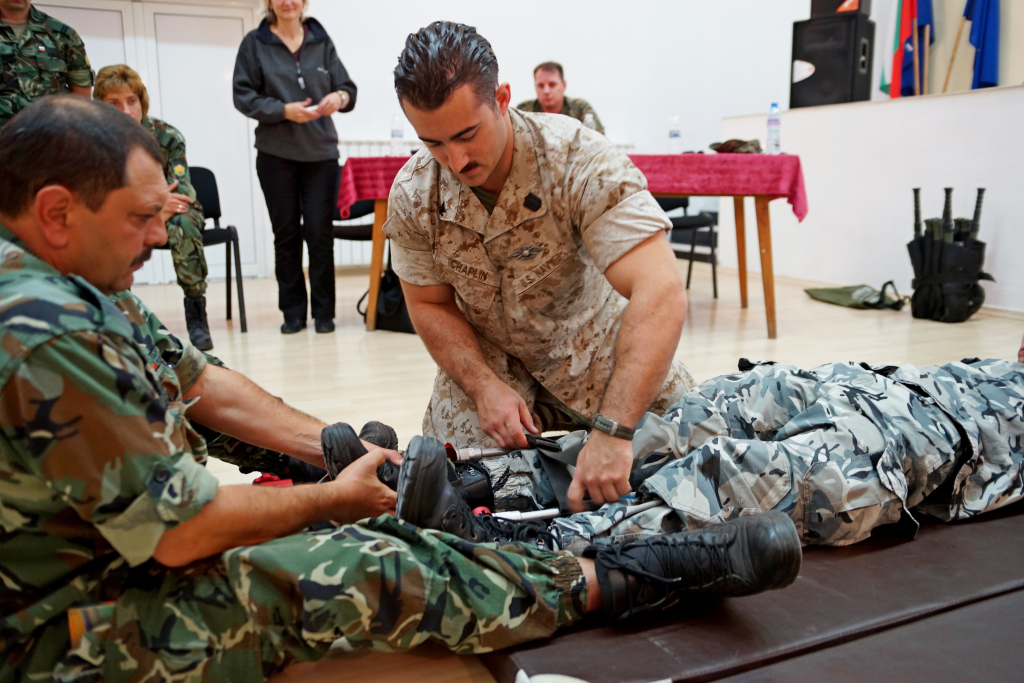
5. Maintenance Challenges in Combat
The Combat Maintenance Challenges But outside of fuel, the Abrams are maintenance-intensive. The pulse-jet cleaning system for air filters must be engaged twice a day to avoid sand and dust ingestion crippling the turbine. Neglect that, and one might as well take the engine out and send it to Poland for an overhaul, putting scarce assets out of commission. In high-order combat, adherence to that schedule under fire is rarely possible and thus adds just another layer of operational risk for Ukrainian crews.
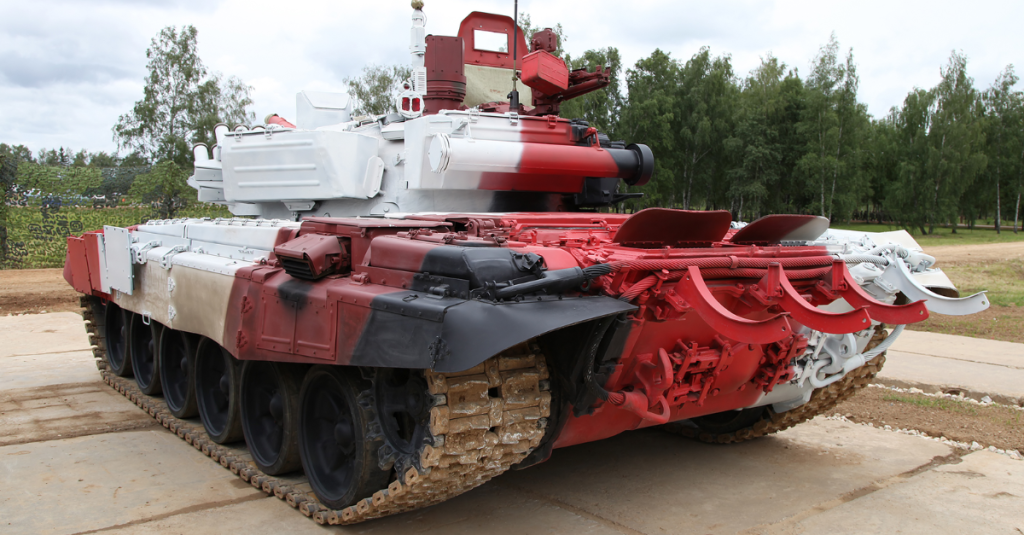
6. Loss Rates and Battlefield Reality
The Abrams have suffered grievous losses. Open-source trackers like Oryx confirm at least 22 U.S.-donated Abrams destroyed, with estimates even higher. Military Watch Magazine reported 87% of Ukraine’s U.S.-supplied Abrams fleet has been destroyed, captured, or lost. Many were taken out by guided artillery or drones, and one was reportedly destroyed in a tank duel with a Russian T-72B3 near Avdiivka. These figures underline the fact that technological superiority does not guarantee survivability without adequate combined arms support.
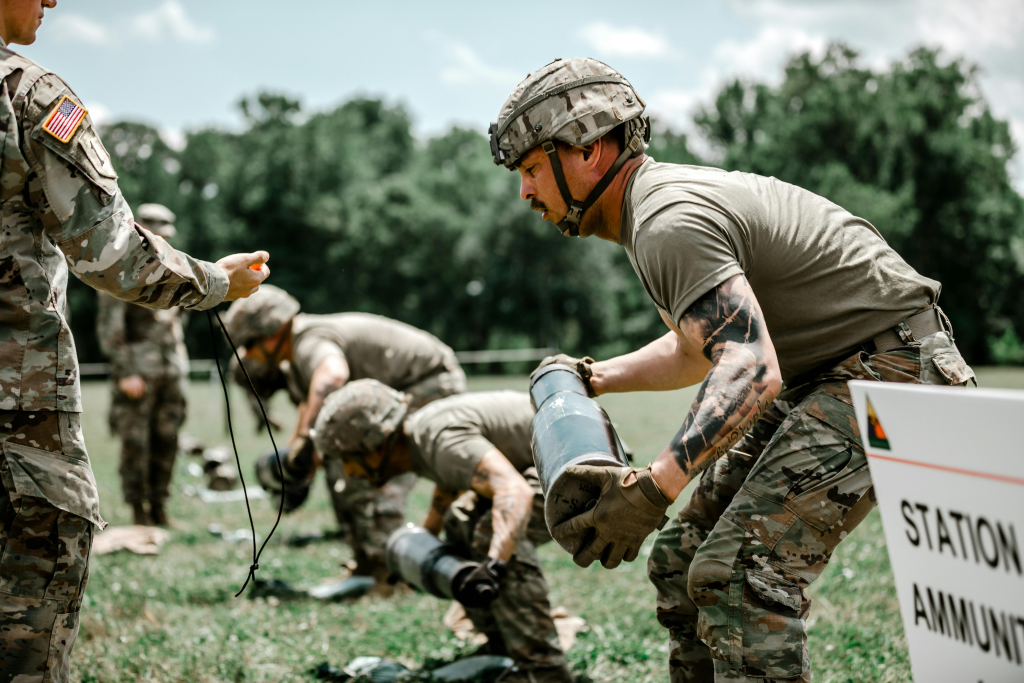
7. Lessons for Future Armored Warfare
The Abrams’ experience in Ukraine is influencing Western doctrine: the U.S. Army is rethinking tank design, considering lighter variants, remote turrets, and better protection against drones. It is building strike units led by drones, integrating unmanned systems into each squad by 2026. Ukraine’s Brave1 procurement system-which allows frontline units to order drones directly from the manufacturer-has impressed US observers looking for quicker battlefield adaptation. The Abrams’ struggle is a case study in how legacy platforms fare when the character of war changes faster than procurement cycles.
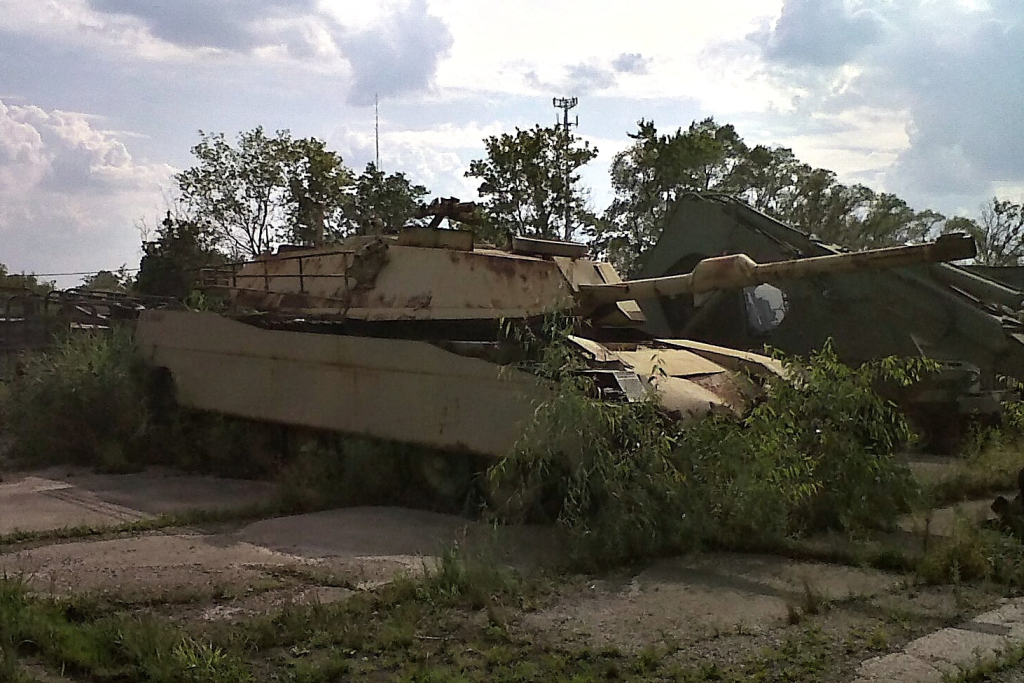
Australia’s M1A1 AIM SA tanks were never supposed to be the silver bullet, and the battlefield in Ukraine proves it every day. Advanced electronics, diesel logistics, and reactive armor will keep some in the fight for longer, but the larger lesson is clear: heavy armor can no longer guarantee dominance in an environment where drones, precision munitions, and relentless surveillance rewrite the meaning of survivability. To the defense planners, Abrams in Ukraine is less about failure and more about warning: adaptation, integration, and speed of innovation now matter as much as firepower and armor.


